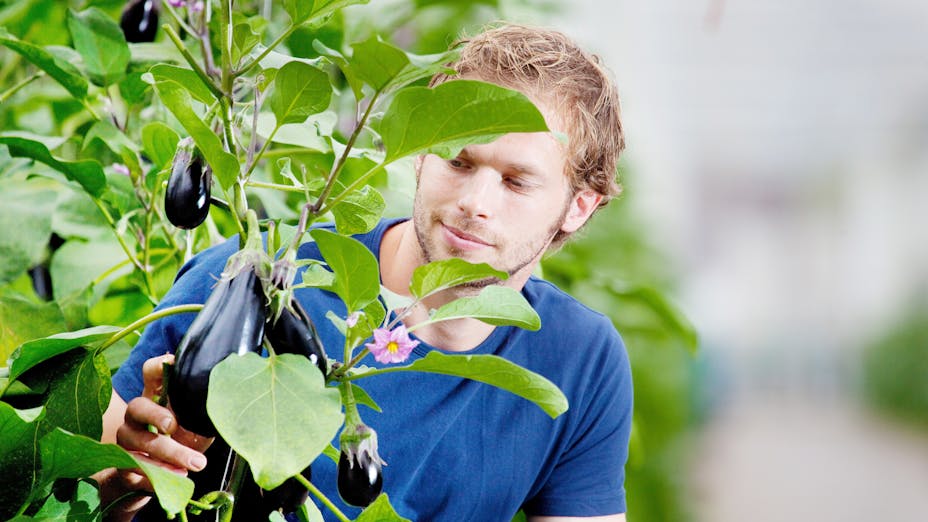Consumers are increasingly looking for quality food which is healthy, safe and at the same time cultivated sustainably. Greenhouse hydroponic cultivation already uses water more efficiently than field based production systems. However large amounts of water are still lost in so called ‘open’ systems. Water use efficiency can be significantly improved by collecting drain water and reapplying it to the crop. GRODAN, Priva and Groen Agro Control have collaborated to produce The Best Practice Guidelines for Greenhouse Water Management.
The guide has been written to provide greenhouse owners and managers with an overview of current best practice. It can also be used to help train greenhouse employees and as an aid to help businesses answer questions from the general public on water and nutrient management in greenhouse horticulture.
The guidelines have been endorsed by Koen Boone, Managing Director-Europe of The Sustainability Consortium (TSC) and employed within the LEI Wageningen UR, the Netherlands.
Koen explains; “At The Sustainability Consortium (TSC) we work with multiple stakeholders, using a science based approach, both to identify the sustainability “hotspots” within a supply chain and to define ways in which these “hotspots” can be addressed by implementing specific improvements. A sustainable food production sector is the only way we can provide a planet of nine billion people with adequate food and water. According to the United Nations, only 0.5% of the water on Earth is available fresh water and 70% of the fresh water which is consumed is used in the agriculture sector. Through its Food, Beverage, and Agriculture (FBA) working group, TSC aims to drive improvement in the environmental and social sustainability of global agricultural supply chains”.
Increasingly, within the greenhouse industry, there is mounting pressure to reduce the environmental impacts associated with crop production. Retailers, producers, suppliers, governments, NGOs, researchers and consumers all hold a stake in the sustainability of global food production and consumption, including that coming from the greenhouse sector.
In this context, it is critical to identify the areas where the sustainability performance of the supply chain can be improved. The challenge before us, then, is to work collaboratively, developing an approach that drives better understanding, standardization, and informed decision making.
The information provided within these “Best Practice Guidelines for Greenhouse Water Management” is an example of such a collaborative approach, where GRODAN, Priva and Groen Agro Control have come together to pool their knowledge and experience, offering advice to help facilitate improved environmental performance in the greenhouse sector via:
- More efficient use of water resources
- Reducing or eliminating pollution and the environmental problems caused by fertiliser run-off.
TSC’s own research has also highlighted these two issues, amongst others, as being environmental “hotspots” within the greenhouse sector. The guidance on water use and water management within this document should help to drive improvements in the horticultural supply chain. This, in turn will allow producers to communicate clearly with other stakeholders about the tangible steps they are taking to make their contribution to improving the sustainability of the sector.

Read The Best Practice Guidelines for Greenhouse Water Management
The guide has been written to provide greenhouse owners and managers with an overview of current best practice.





